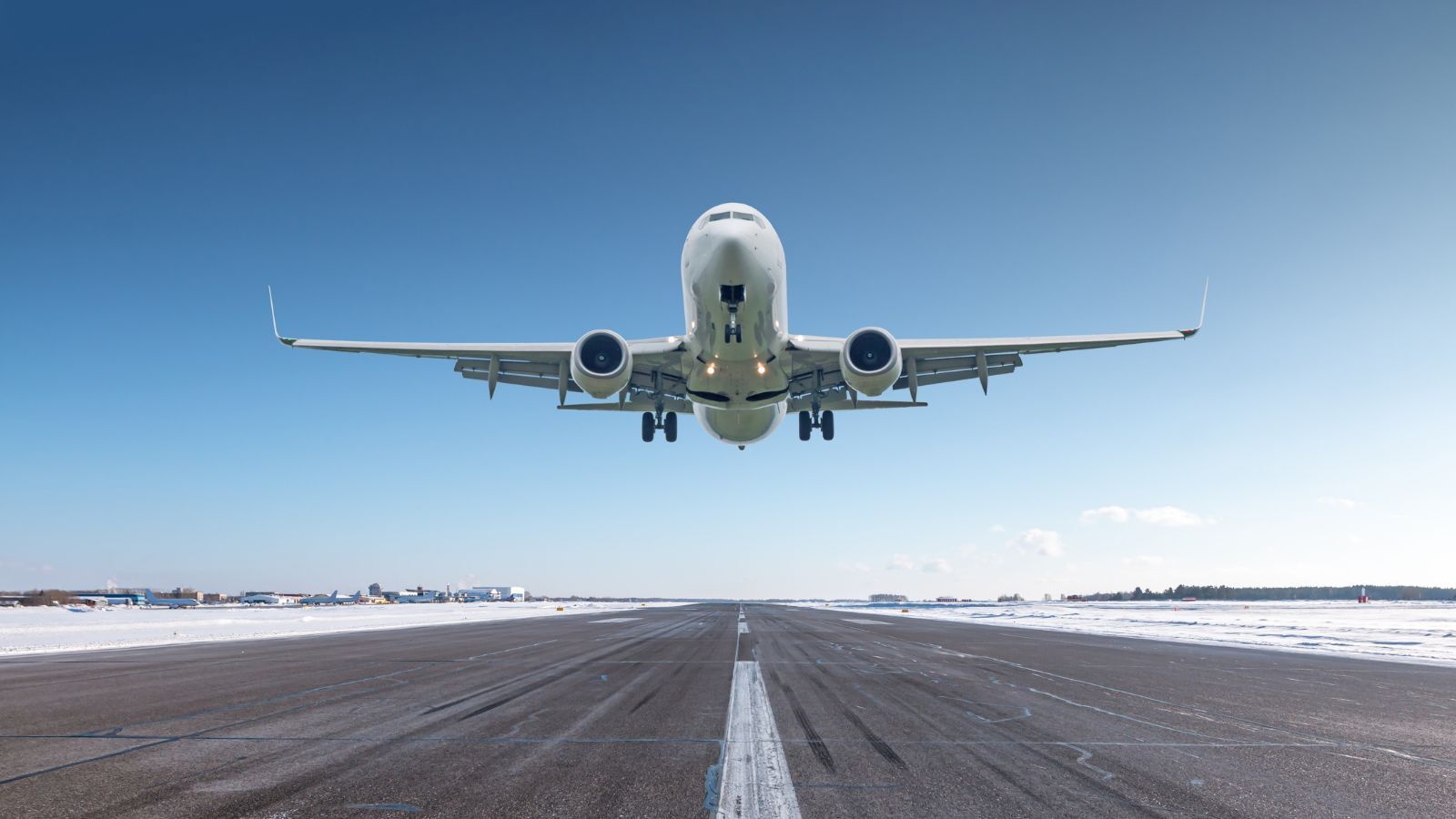As the Northern Hemisphere heads into shorter days and colder nights - and in the Southern Hemisphere nights draw out and Australia braces for another Ashes season - attention turns to the IATA winter schedule. We’ve analysed the latest data and, as ever, compared it to Winter 2019 (apologies for the inevitable reference point).
Before diving into winter, let’s look back to the summer season. Global airline capacity finished at 3.626 billion seats, up 2.3% from 3.542 billion seats in 2024 – a modest but positive gain. Now, let’s look forward to winter capacity...
Regional Winter Capacity: Breaking 2019 Levels
Most regions have now matched or exceeded Winter 2019 capacity levels, with one exception - South-East Asia. Indonesia’s recovery continues its struggle and has kept the region slightly below 2019 benchmarks. However, with 5.2% growth on this year’s planned winter capacity there is perhaps hope that the market will break back above 2019 levels by the end of 2026 – making it a seven-year loss of capacity growth in that region from the pandemic.
- North-East Asia remains the largest global region, with 4.7% winter season growth year-on-year. While there are concerns about China’s market growth, capacity has increased by 6.2% compared to last winter, though distributed across a different mix of destinations than served in 2019.
- North America, as usual, takes second place with 2.1% growth, while Europe with a slightly faster 4.6% growth is catching up on North America with “just” a five million seat differential between the two. Meanwhile, South Asia has been the strongest growth market since 2019 driven by the power of the Indian market in recent years, now stretching away from the Middle East market in terms of size.
Top Country Markets Continue to Drive Growth
With the pandemic beginning to affect capacity from around February of 2020 the capacity changes against the winter 2019 season look perhaps higher than we would normally expect, this winter’s planned growth versus 2024 paints a clearer picture at country level.
- Türkiye is the strongest growing market year-on-year (9.3%), as their domestic carriers continue to add more capacity - building both the hub operation in Istanbul, as well as the low-cost markets from Sabiha Gocken. Brazil is once again on a strong growth curve (7.2%), although from experience we know how quickly that market can shift.
- The United Kingdom (2.7%) just beats Spain (2.2%) into fifth spot, Ryanair’s ongoing grievances with AENA a major contributing factor in the regular swapping of positions between those two countries.
- Japan presents a more complex picture, an increasingly popular tourism destination yet with slightly less capacity than last year, with the loss of some two million domestic seats not quite covered by the 1.2 million more international seats on offer this winter.
International Capacity Outpaces Domestic Growth
International capacity continues to grow faster than domestic, with 5.8% capacity growth on international markets compared to 2.6% on domestic routes. As a result, total international capacity now accounts for 40% of all seats, up from 38% in Winter 2019.
- The United States remains the largest international country market and has growth of 3% in Winter 2025 compared to Winter 2024. Numerous new routes have been added to winter sun destinations such as the Caribbean and Mexico.
- In second spot is the United Kingdom from where international capacity continues to grow, and despite Ryanair’s disputes in Spain, Spanish overall international winter capacity is up by over 6% confirming that most airlines like the market even if one carrier no longer does!
Domestic Capacity Growth Driven by China and India
There has been much talk of domestic demand softening in the largest market, the United States, and at less than 2% growth season-on-season (Winter 2025 vs Winter 2024) that may well be the case, especially since we can expect more capacity to be removed by Spirit Airlines over the coming months.
In contrast, China’s domestic markets are looking to add nearly 6%, while India’s domestic markets - which is one quarter the size of China’s - expects domestic capacity growth of 7.6% in Winter 2025.
Major Airlines Capacity in Winter 2025
The major carriers from the largest country markets dominate the top ten ranking of scheduled airlines this coming winter season.
- American Airlines is the largest carrier with 118.2 million seats planned, a perhaps bullish 5.1% more than in 2024. Although, third placed United Airlines are even more optimistic with a 6.3% growth expectation.
- That said, the “Big three” Chinese airlines are all planning on higher growth rates than that, with Air China planning an 8.6% increase, adding over four million seats compared to last winter.
Outlook: A Year of Balance and Opportunity
Inevitably over the next few months there will be changes to capacity, the outlooks is broadly positive. Most global markets are well beyond the challenges of the pandemic, and are even beginning to see some of the more recent supply chain challenges easing.
If city demand can keep pace with capacity, then 2025 may turn out to have been a good year for the aviation industry.
What is the Winter season in Aviation?
In aviation, the winter season as defined by IATA starts on the last Sunday of October and ends on the last Saturday of March. Therefore, capacity in January 2020, for example, is included in figures for winter 2019.






